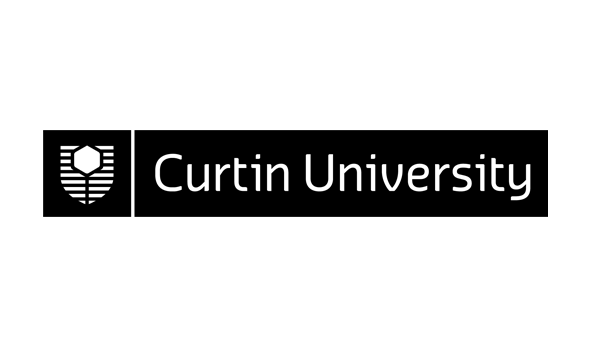1681 (v.4) Materials and Technology 112
| Area: | Department of Applied Physics |
|---|---|
| Credits: | 12.5 |
| Contact Hours: | 4.0 |
| ** The tuition pattern below provides details of the types of classes and their duration. This is to be used as a guide only. For more precise information please check your unit outline. ** | |
| Lecture: | 1 x 2 Hours Weekly |
| Laboratory: | 1 x 2 Hours Fortnightly |
| Syllabus: | Introduction to plastics and rubbers: history, classification, advantages/disadvantages and uses. Polymer chemistry and structure: polymerisation reactions and structures. Ingredients of plastics and rubbers: resins, additives, reinforcements and fillers. Properties of plastics and rubbers: electrical, optical, thermal and mechanical properties and flammability. Forms of plastics: adhesives, films, foams, filaments and fibres, coatings and composites. Production techniques: moulding, extrusion, laminating. Health and safety: hazards, toxicity, waste pollution and recycling. |
| ** To ensure that the most up-to-date information about unit references, texts and outcomes appears, they will be provided in your unit outline prior to commencement. ** | |
| Field of Education: | 010301 Physics |
| SOLT (Online) Definitions*: | Informational *Extent to which this unit or thesis utilises online information |
| Result Type: | Grade/Mark |
Availability
| Year | Location | Period | Internal | Partially Online Internal | Area External | Central External | Fully Online |
|---|---|---|---|---|---|---|---|
| 2010 | Bentley Campus | Semester 2 | Y |
Area External refers to external course/units run by the School or Department or offered by research.
Central External refers to external and online course/units run through the Curtin Bentley-based Distance Education Area
Partially Online Internal refers to some (a portion of) learning provided by interacting with or downloading pre-packaged material from the Internet but with regular and ongoing participation with a face-to-face component retained. Excludes partially online internal course/units run through the Curtin Bentley-based Distance Education Area which remain Central External
Fully Online refers to the main (larger portion of) mode of learning provided via Internet interaction (including the downloading of pre-packaged material on the Internet). Excludes online course/units run through the Curtin Bentley-based Distance Education Area which remain Central External

